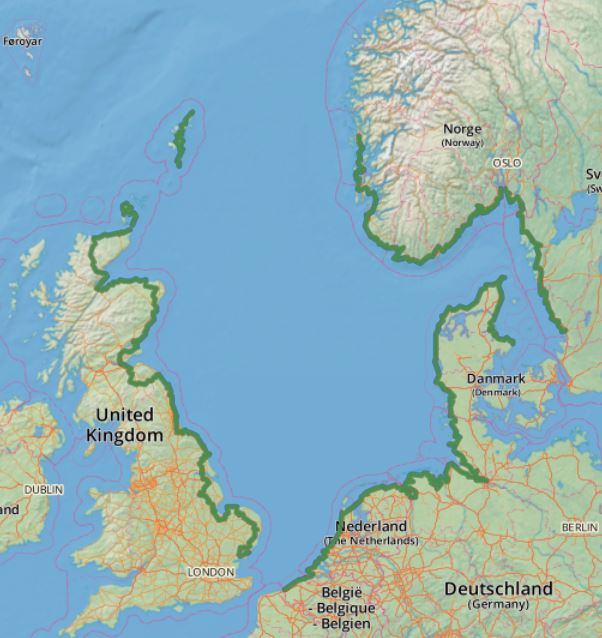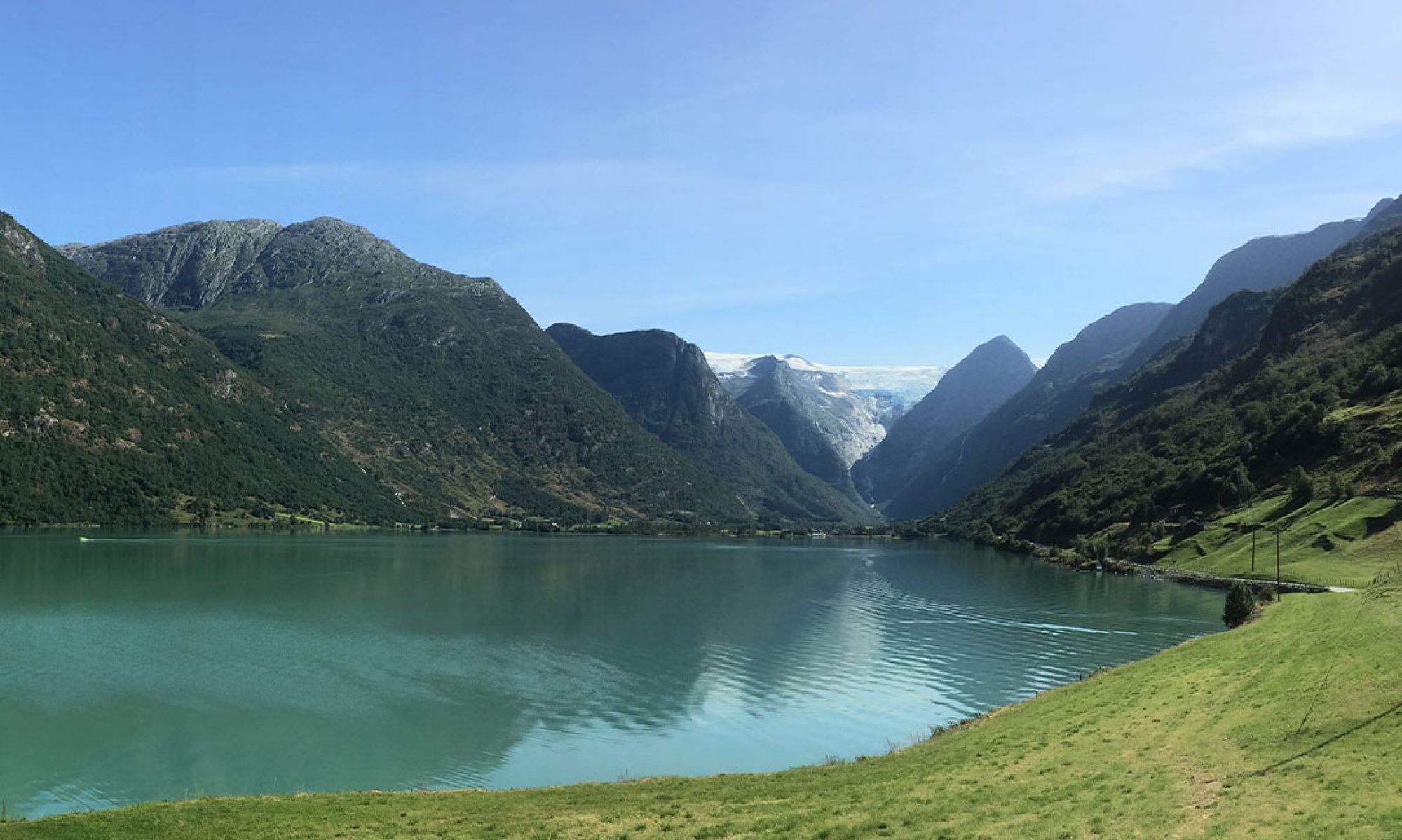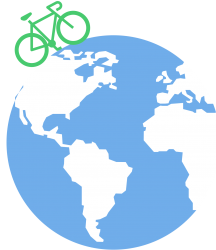My Hunting the Nurdles report (2023) is ready and can be downloaded via the blog page: It decribes my findings along the North Sea Coast of the UK, France, Belgium and the Netherlands.
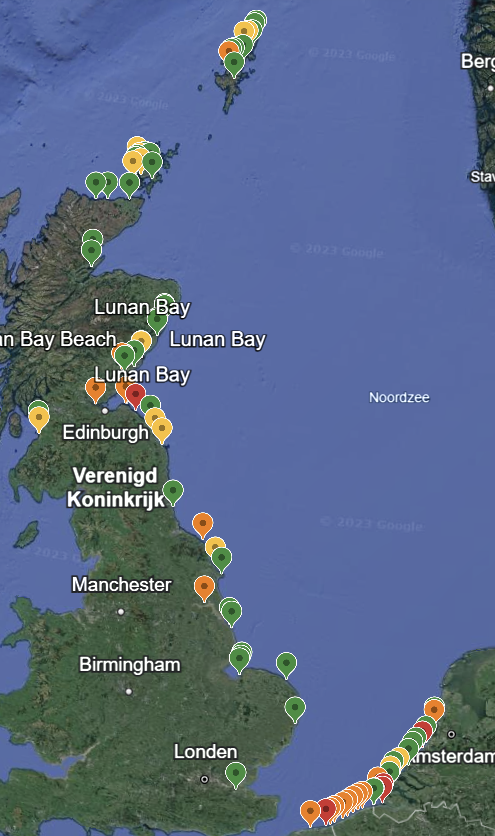
CASP2023: The Great Nurdle Hunt
This summer I will be involved in The Great Nurdle Hunt:
This initiative started in 2013 by an environmental charity called Fidra (https://www/Fidra.org.uk) working to reduce plastic waste and chemical pollution in the environment. This citizen science project aims to register nurdle finds and uses this information, together with scientific evidence and research best practices, to start the dialogue with the industry and government in order to end the ‘nurdle’ pollution into our environment.
The idea is to register the finds of nurdles along the beaches. I will start in June during my cycling trip along beaches of Scotland, England and Belgium.
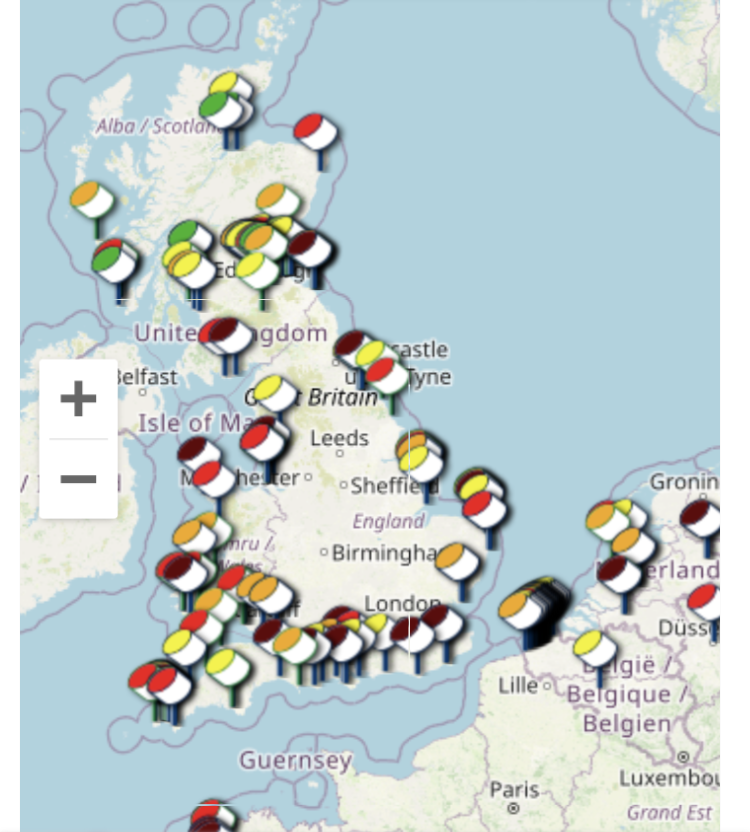
CASP2020: Cycling for the Awareness of a Sustainable Planet
The idea of CASP started early spring 2019. Although the intention of taking a sabbatical was in my mind for several years. Taking some months of leave to make a big cycling tour was a dream I was playing with already longer.
The tour itself was inspired by the fantastic television series “Rond de Noordzee” from Arnout Hauben and Lander Deweer. Even before I saw the series, by reading the book I immediately knew where my cycling tour was heading. Especially, since the North Sea and the Channel has been kind of my working area during the last 10 years. I have been several times on research vessels, together with my Belgium, French and English colleagues working on our innovative instruments to facilitate a new biological monitoring of the water quality.
Within CASP2020 the focus will be on the origin of litter. Litter is collected 4 times a year at defined sandy beaches by different European partners according to the OSPAR protocol. An area of 100 m. along the shore, from the feet of the dunes towards the lower sea level is searched and litter is collected and categorized into many defined items. Based on these monitoring trends become visible showing increasing or decreasing volume and number of items and shifts in type of litter found on the beaches. The origin may be clear by looking at the items (fishing rope etc.) or based on labels which can be identified. But from a substantial part the origin remains unidentified. Think of small plastic bags, caps, strings, ropes, cotton but sticks…… etc.
The Idea is, when the source (litter from shipping, river or sewage waste) is known, it is easier to identify the polluters and to address them.
For CASP2020 a new method of identifying the origin of litter is used, namely the origin will be established by the Diatoms (algae) growing or being attached to the litter. When the litter originates from the river input, freshwater diatoms are expected to dominate the samples, while litter which has been only in sea, will carry marine species.
Since it is important to define which litter comes from the river input, I will mainly focus on small plastic items found on sandy beaches near the estuaries of main rivers flowing into the North Sea, Channel and Kattegat. As a reference also some “marine orientated” beaches will be monitored in the same way. After monitoring the beaches following the OSPAR protocol, subsamples of small items will be collected. These items will be send to the Rijkswaterstaat Laboratory in Lelystad and will be analyzed after the whole tour.
North Sea Cycle route
My cycling tour will follow the North Sea Cycle route. The EuroVelo 12 route is a circuit around the coastlines of the countries that border the North Sea and has been internationally designed and financially supported by the European Community . The North Sea Cycle Route was officially opened in 2001 and in 2003 awarded a Guinness world record certificate as being the world’s longest cycle route. The start will be in IJmuiden, since I have been raised there and my father and big fan still lives there. From there I follow the route clockwise. So I will go to Belgium, Northern France, UK (including the Isles), Norway (Bergen), Sweden, Denmark, Germany and finally back to the Netherlands
